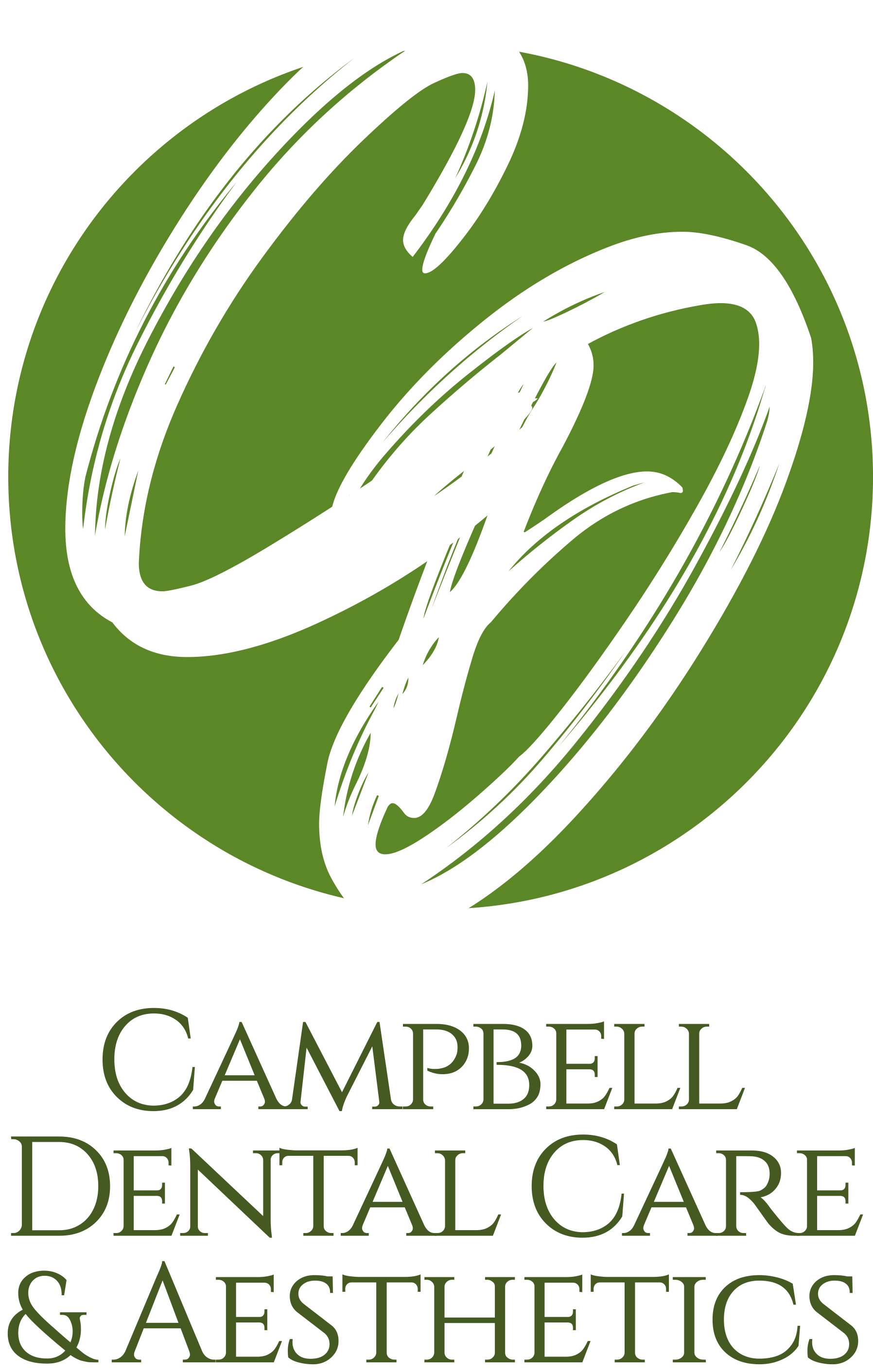Orthodontics offers a wide range of treatments that can help correct dental issues such as overcrowding, gaps between teeth, overbites, underbites, and more. Whether you're a child or an adult seeking a straighter smile, orthodontic treatment can be tailored to suit your specific needs.
Different Phases of Orthodontic Treatment
The treatment process typically consists of two main phases: Phase 1 and Phase 2.
Phase 1, also known as early interceptive orthodontics, usually begins around the age of 7-11 when a child still has their primary or baby teeth. During this phase, a dentist will evaluate the child's dental development and may recommend interventions to guide the growth of their jaw and create more space for permanent teeth. These interventions can include using appliances like expanders or partial braces.
Once most or all permanent teeth have erupted, Phase 2 begins. This is often referred to as comprehensive orthodontic treatment and commonly occurs during adolescence when the majority of facial growth has taken place. In this phase, braces or other orthodontic appliances are used to correct tooth alignment issues such as overcrowding, spacing problems, overbite, underbite, and other dental irregularities.
The duration of each phase varies depending on individual cases but generally ranges from several months to a few years. Regular check-ups with the dentist are essential throughout both phases to monitor progress and make any necessary adjustments.
Types of Orthodontic Treatments
When it comes to orthodontic treatments, there are various options available to suit the unique needs and preferences of each individual. At Campbell Dental Care, we offer these orthodontic options:
Conventional Braces
Traditional metal braces have been used for decades and remain a popular choice. Made from high-quality stainless steel, these braces consist of brackets that are attached to the teeth using dental adhesive. A wire is then threaded through the brackets and adjusted regularly to move and align the teeth gradually.
One of the main advantages of conventional braces is their versatility. They can address a wide range of dental issues, from crooked teeth and overcrowding to bite problems such as overbites or underbites. The components work together to shift the teeth into their ideal positions over time.
While some people may worry about discomfort or appearance with traditional braces, modern advancements have made them more comfortable and less noticeable than ever before. The brackets are smaller and sleeker, making them less obtrusive in your mouth. It's important to note that proper oral hygiene is crucial when wearing conventional braces. Regular brushing and flossing must be maintained diligently in order to prevent plaque buildup around the brackets. Additionally, adjustments will need to be made periodically by the dentist throughout the treatment process. This ensures that pressure is consistently applied in order for your teeth to move properly.
Invisalign
Invisalign treatment involves using a series of clear, removable aligners made from BPA-free plastic. The aligners are custom-made for each patient and need to be replaced every two weeks or so as they gently shift the teeth into their desired position. One of the main advantages of Invisalign is its nearly invisible appearance. These aligners are made of a clear plastic material that is virtually undetectable when worn. This means you can go about your daily activities with confidence, knowing that your orthodontic treatment isn't drawing unnecessary attention.
Another great benefit of Invisalign is its removability. While traditional braces are fixed onto your teeth for the duration of your treatment, Invisalign aligners can be easily removed whenever necessary. This makes eating, brushing, and flossing much easier compared to traditional braces. The process begins with a consultation with the dentist, who will assess whether you're a suitable candidate for Invisalign. If so, they will take detailed impressions or 3D scans of your teeth to create customized aligners specifically tailored to your needs.
Throughout the course of treatment (which typically lasts between 12-18 months), you'll receive a series of new aligners every few weeks as your teeth gradually shift into their desired positions. Regular check-ups with our dentist will ensure that everything is progressing smoothly.
If you're considering orthodontic treatment, consult with an experienced dentist who will assess your specific needs and design a personalized plan just for you. Don't let misaligned teeth hold you back - take charge by calling us at 408-364-1122 today! You can also visit us at 1570 LA Pradera Dr, Campbell, CA 95008.
